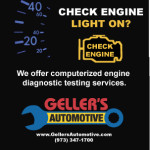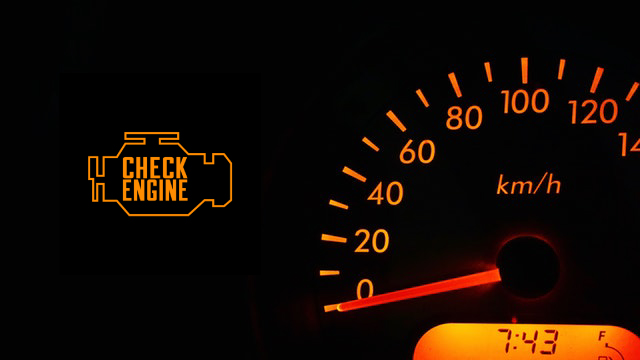
Check engine light issues can cause a lot of angst for vehicle owners. They can be triggered from something as simple as a loose or bad gas cap or leaking hose to more detailed issues like faulty ignition coils. What often happens with a Check Engine or Service Engine Soon light warning is that vehicle owners ignore the light instead of having it checked out right away. The problem with this is that whatever caused the light to trigger is causing an issue with engine performance. If the source of the Check Engine Light trigger is not fixed, further engine damage will occur. This is particularly true when it relates to the ignition coils.

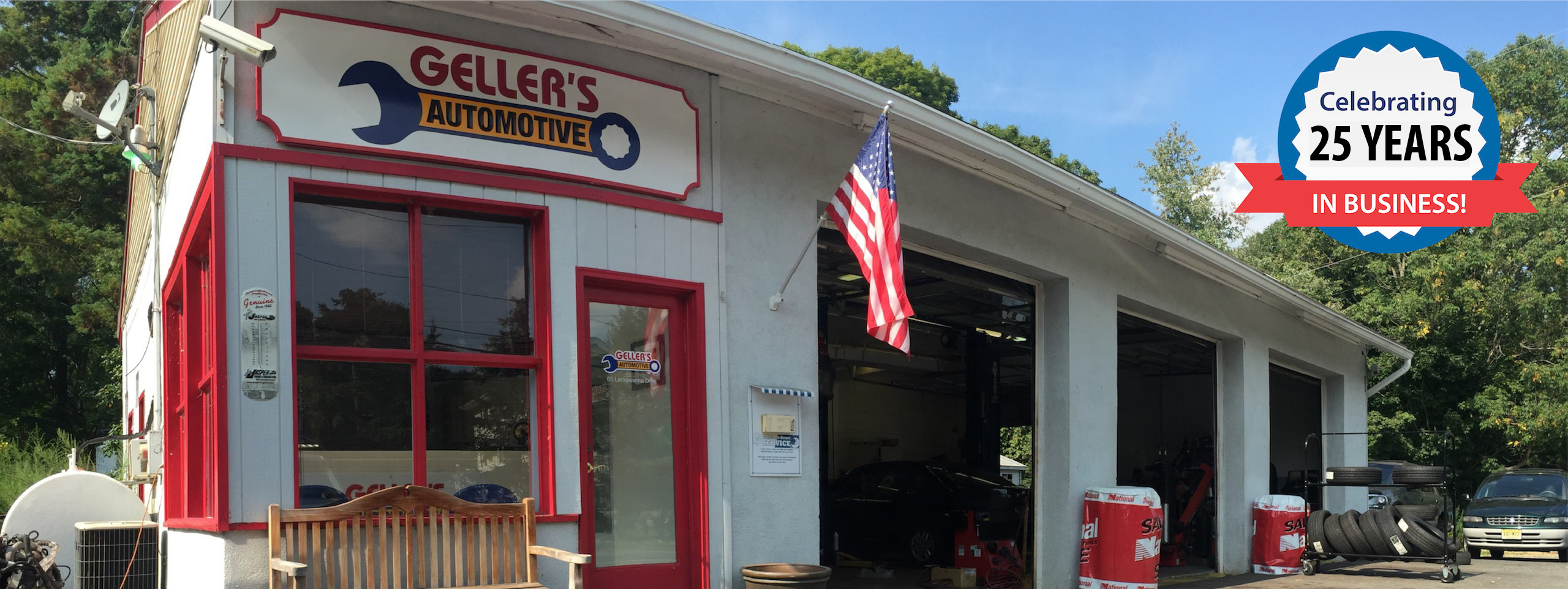

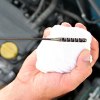 Preventive maintenance is the best way to make sure your vehicle lasts for as long as you'd like to own it. Caring for your vehicle will also help you prevent breakdowns. We've got some tips to help you do both.
Preventive maintenance is the best way to make sure your vehicle lasts for as long as you'd like to own it. Caring for your vehicle will also help you prevent breakdowns. We've got some tips to help you do both. 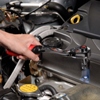 We provide quality repairs for all of your car, truck and medium-duty truck needs. Our shop houses the finest and most up-to-date tools and equipment to ensure that your vehicle is repaired properly.
We provide quality repairs for all of your car, truck and medium-duty truck needs. Our shop houses the finest and most up-to-date tools and equipment to ensure that your vehicle is repaired properly.  Bringing your vehicle to Geller's Automotive for the first time? Our auto repair shop is conveniently located at 65 Lackawanna Drive in Byram, New Jersey. You can use Google Maps to plot your route.
Bringing your vehicle to Geller's Automotive for the first time? Our auto repair shop is conveniently located at 65 Lackawanna Drive in Byram, New Jersey. You can use Google Maps to plot your route. 